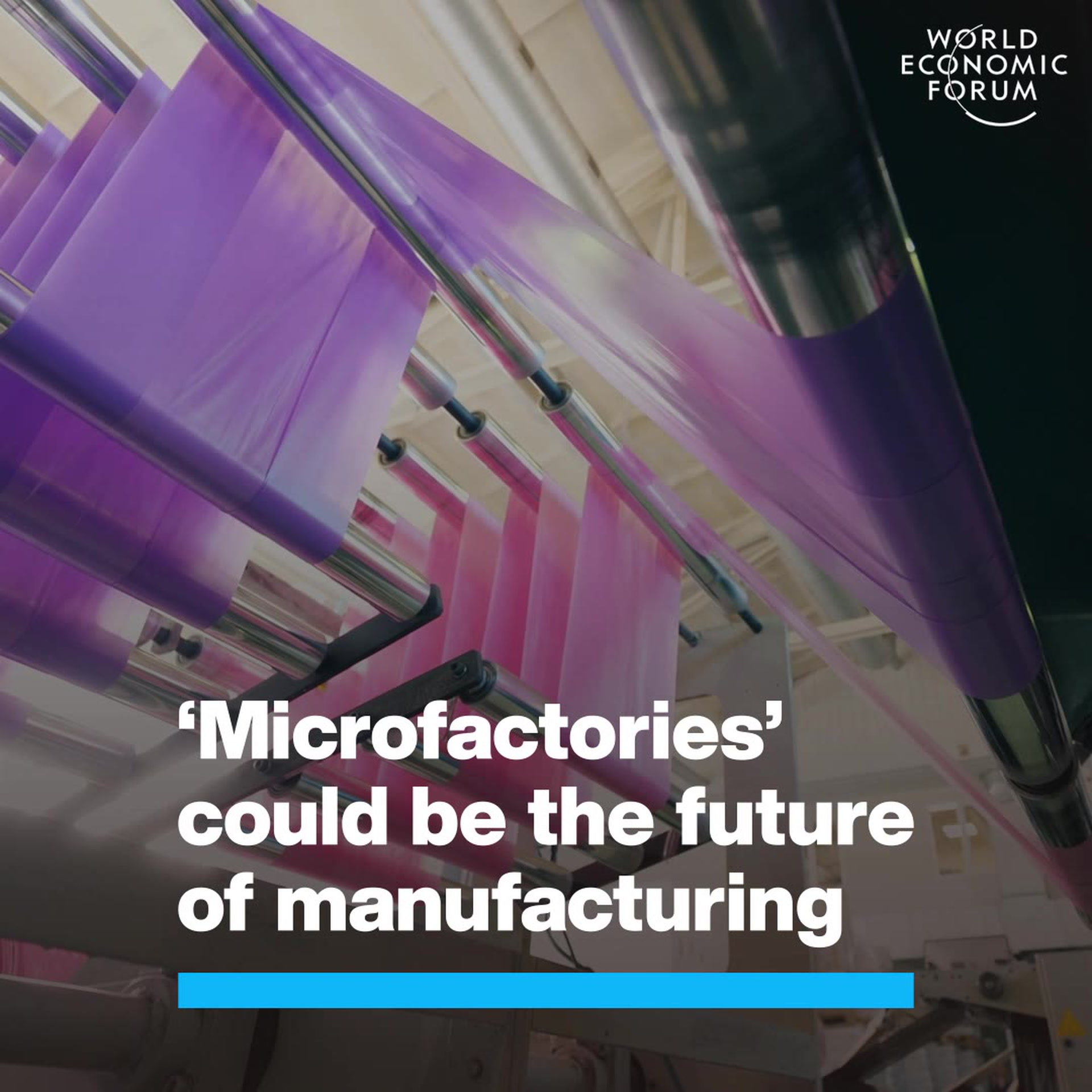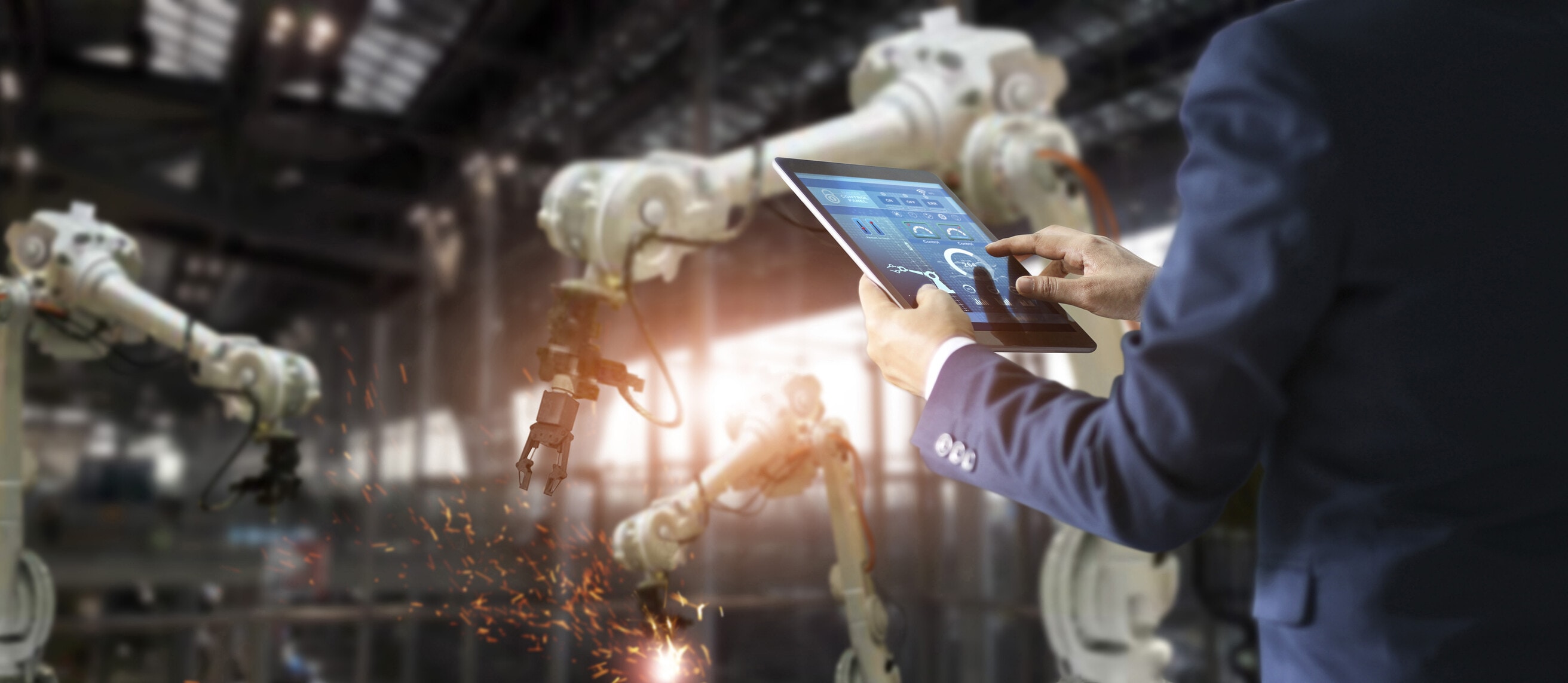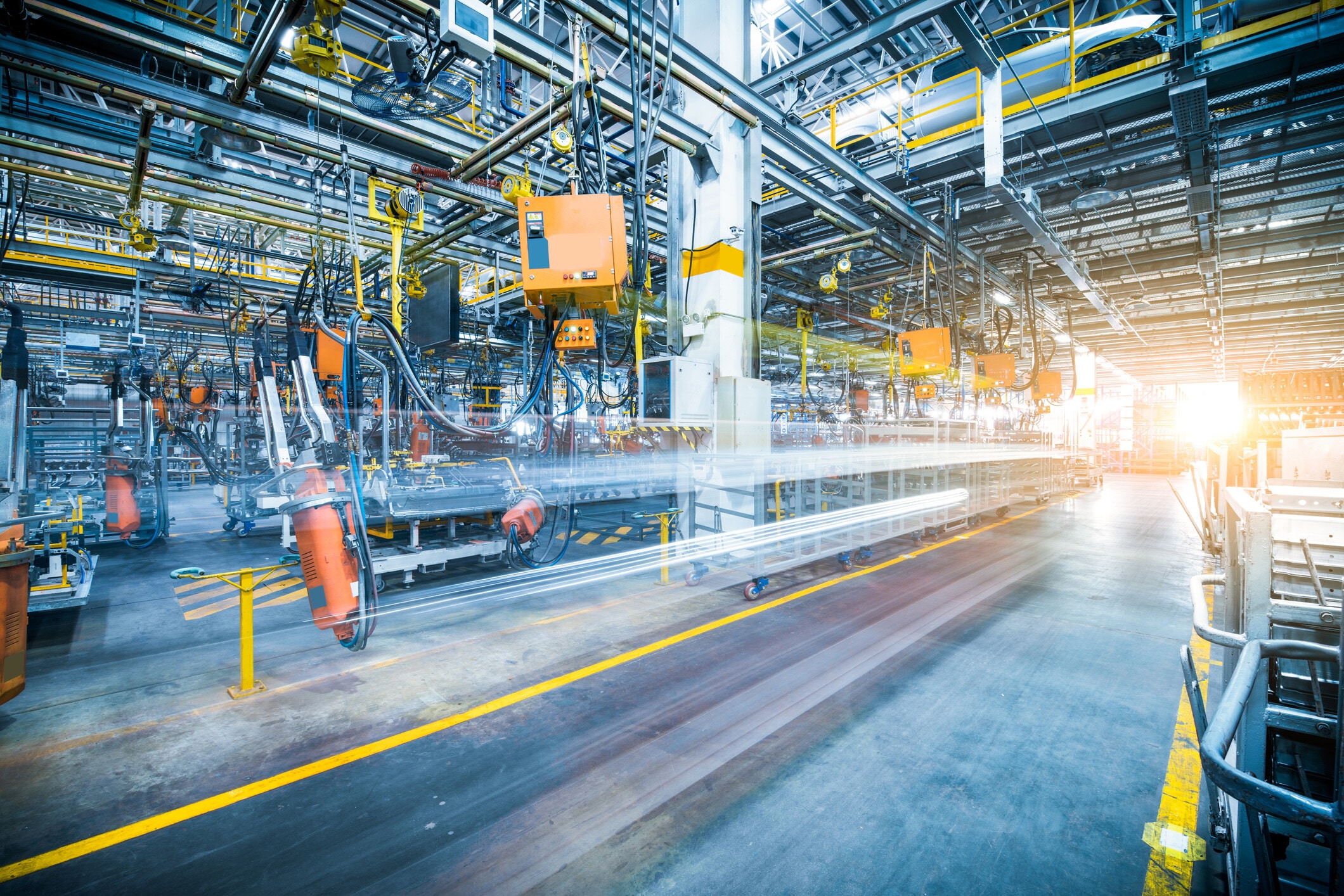Here’s how we can make innovation more inclusive

How can we make sure that progress benefits everyone? Image: REUTERS/Stringer
Gudela Grote
Professor of Work and Organizational Psychology, Department of Management, Technology and Economics, ETH ZurichThomas A Kochan
George Maverick Bunker Professor of Management, Professor of Work and Employment Research, Co-Director of the MIT Sloan Institute for Work and Employment Research, MIT Sloan School of Management
Get involved with our crowdsourced digital platform to deliver impact at scale
Stay up to date:
Advanced Manufacturing
We are on the brink of several fundamental technological breakthroughs. Autonomous driving, fully automated manufacturing, and home care delivered by robots are no longer the stuff of sci-fi movies. The most striking and controversial innovations concern robotics, artificial intelligence, and machine learning: these areas will require us to interact with technical systems that truly live a life of their own.
Many countries have put "digitization" at the top of their agendas for education, employment, and social and economic development. To date, the main worry has been over future job losses, the disappearance of entire job categories, and the required shifts in training, skills and new employment opportunities. Too often, it’s assumed that technology will chart its own course and workers and society will just have to adapt. We take a different view. People design technologies. Societies shape the institutions and policies that influence how technology is used, who benefits, and how those who bear the costs of change can be compensated by those who reap the benefits.
All parties involved in the current debate on the future of production and work should take a step back and question the premise that technology can’t be influenced. We need to ask what motivates technological innovation, and then discuss how to steer it towards creating greater economic prosperity and decent work for all. Developing appropriate skill sets, and preparing people for potentially huge changes in their work lives, becomes easier when we can control what’s ahead - at least to some extent.
Engineers and scientists should engage directly with the users and consumers of their products. This could mean putting workers in touch with design professionals to explore ways technology can be used to improve the production process and encourage inclusive growth.
New models of worker representation may be needed to do this effectively. These include more flexible frameworks for labour agreements and better one-to-one dialogue with employees. Labour representatives in a number of countries, particularly in Germany, are already engaged in discussions over how to create industrial progress that contributes to a more broadly shared prosperity. Similar opportunities should be offered to workers around the world.

Historically, manufacturing firms have tended to over-invest in automation without paying enough attention to social issues. They have often sought to automate their way out of productivity and labour problems.
In the 1980s, for example, General Motors spent over $50 billion on robotics in an effort to catch up with more efficient Japanese producers. Yet it ended the decade as a high-cost producer because it failed to upgrade its workforce and change its work practices in ways that made the new technologies pay off. Meanwhile, Toyota achieved world-class levels of productivity by introducing new technologies gradually while simultaneously investing in team-based work systems and high levels of workforce training.
While one might think this lesson has been learned, apparently it has not reached Elon Musk at Tesla. Ironically, in the same plant in Fremont, California where Toyota achieved high levels of productivity with its gradual process of introducing technology and working with workers and their union, Tesla is now failing to meet its production goals by following a total automation strategy. And, not surprisingly, workers at its factory are trying to organize a union in protest of what they see as persistent safety problems, overwork, and low wages and investors are worried the company’s cash reserves are running low.
Similarly, there has been some criticism of the fifteen advanced manufacturing institutes currently funded by the US government. Despite calls for investment in workforce skills, early analyses of these different programmes concluded that training and workforce development processes have taken a back seat to an emphasis on technology design. One exception, however, is the work on advanced lightweight manufacturing. This group is following a more integrated technology and workforce development approach. They are forging new partnerships between businesses and technical schools to ensure the workforce has the right skills to use the new materials and technologies.
Researchers and manufacturers around the world are beginning to adopt this more proactive and inclusive approach to technology. Major research institutions such as MIT and ETH Zürich are launching task forces to tackle the issue. Many difficult questions lie ahead. Considering the different options for inclusive innovation is an important first step.
Don't miss any update on this topic
Create a free account and access your personalized content collection with our latest publications and analyses.
License and Republishing
World Economic Forum articles may be republished in accordance with the Creative Commons Attribution-NonCommercial-NoDerivatives 4.0 International Public License, and in accordance with our Terms of Use.
The views expressed in this article are those of the author alone and not the World Economic Forum.
Related topics:
The Agenda Weekly
A weekly update of the most important issues driving the global agenda
You can unsubscribe at any time using the link in our emails. For more details, review our privacy policy.
More on Advanced ManufacturingSee all
Stephanie Wright, Memia Fendri and Kyle Winters
February 13, 2024
Maya Ben Dror and Lena McKnight
January 31, 2024
Dr. Matthew Putman
January 17, 2024
Kyriakos Triantafyllidis and Andreas Hauser
January 16, 2024







